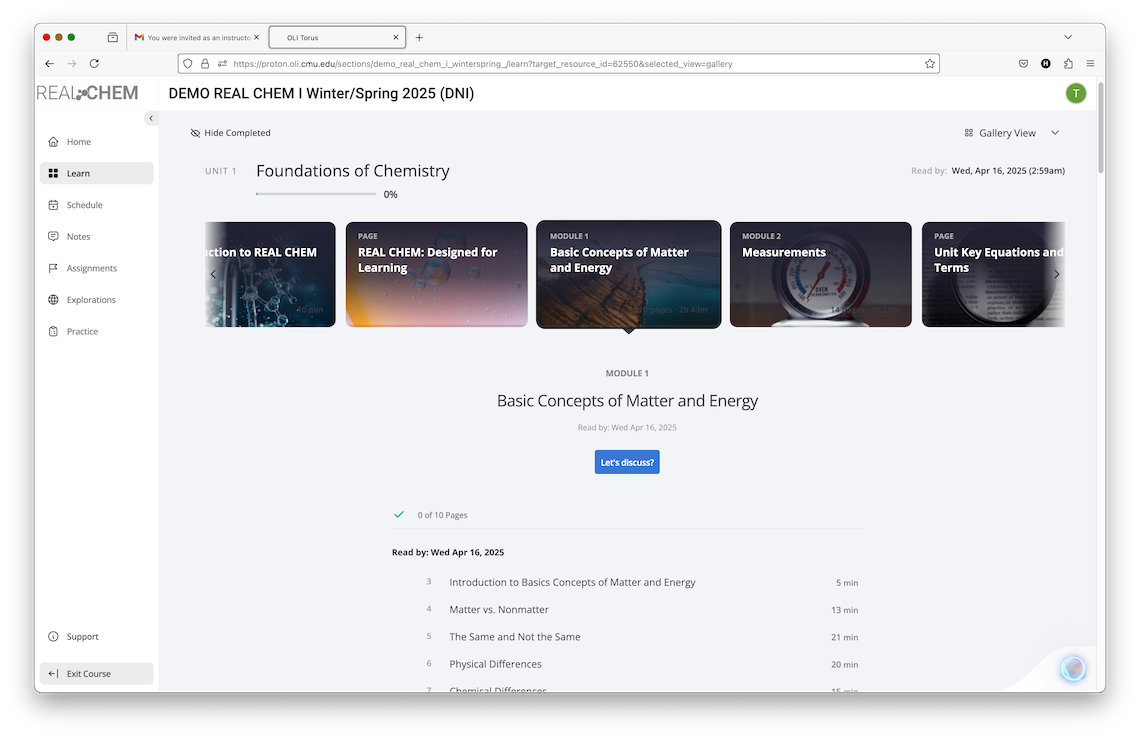If you’ve attended a presentation or seen a talk given by an OLI team member, you have no doubt seen this quote:

Herbert Simon, Nobel Laureate and professor at Carnegie Mellon University.
“Improvement in post secondary education will require converting teaching from a solo sport to a community based research activity.”
Herb Simon
We believe this is a powerful statement, which comes to us from Nobel Laureate and Carnegie Mellon professor Herb Simon. We’d like to take a moment to explain more deeply how we internalize this observation.
In OLI we are engaged in converting the process of course development and teaching into a community based research activity. One example is the ongoing community based research and development in the OLI statistics course.
The original OLI statistics course was developed by a team composed of statistics faculty from Carnegie Mellon and the University of Pittsburgh, learning researchers and designers, software engineers, and human computer interaction experts from Carnegie Mellon. The course has been through multiple iterations based on the student data we have collected and feedback from faculty at multiple institutions who have been using and evaluating the course in support of their teaching.
In 2010, we engaged faculty from community colleges around the country to adapt the course to better fit the needs of community college students. The CC-OLI development team, launched in January 2010, conducted a thorough review of the OLI Statistics course, reviewed the data collected from the 10 institutions that piloted the original course in fall 2009 and identified several major focus areas: Add more and better practice activities in sections of the course where community college students typically struggle (added about 33% more activities). Restructure of major parts of the course in which topics covered by community college curricula are often different than those included in the OLI Statistics course. Add support for statistical software tools and technologies commonly used at community colleges.
The course continues to be used, evaluated and continuously improved with the involvement of faculty from colleges and universities across the country.
Latest News
New dates added: Come see Torus!
Explore the next generation of OLI’s learning platform—Torus. Join our June 26 webinar to see the modern new UI, discussion boards, LMS gradebook passback, AI assistant tools, collaborative notes, and more.
Torus v.31 Strengthens Flexibility and Insight for Teaching and Learning
Adds Score-as-You-Go feedback, redesigned scheduling, LTI integration, and cleaner data exports for smoother teaching workflows.
Design Demo ·
Demo Video ·
Release Notes (coming soon)
Come see Torus!
Explore the next generation of OLI’s learning platform—Torus. Join our June 26 webinar to see the modern new UI, discussion boards, LMS gradebook passback, AI assistant tools, collaborative notes, and more.


